Really this is a comparison with my UK driving experience, so if you come from somewhere else these points may be more or less relevant to you. I’m also talking about central Italy, not the north. And not the big cities.
Don’t believe the horror stories about Italian drivers (well, except for Naples, it’s bedlam there!). There are definitely differences in driving attitudes around central Italy to the UK, but as long as you adapt to those, things should be fine! But what is and isn’t acceptable in the UK isn’t necessarily ok here and the confusion over the difference can lead to unpleasant surprises.
- Be aware! As a huge generalisation (Well, this whole post is one of those after all!) the big difference between UK and Italian driving is one of rules and consequences. In the UK drivers tend to follow the rules and the roads are well organised – one consequence is that it’s easy for drivers to become complacent and drive carelessly. In Italy this is reversed, many rules in Italy are far less strictly followed and road layout can be, well, less clear. But the consequence is that drivers are less likely to not be paying attention. (Even while texting). You need to switch to this mentality too, drivers may well pull out in front of you, or stop without notice, or do any number things that seem odd to a foreigner. The flip side is, should you do likewise (I’m not advocating driving like a crazy here!) drivers around you are more likely to be able to accommodate you.
- If you stop or pause to let someone pull out of a side road or past a narrow place, don’t be upset when they don’t wave a thank you, it’s just taken as a part of driving I think. Not that it doesn’t happen, but it’s a surprise when it does!
- Pedestrian crossings. I have no idea how these work, just make no assumptions, this harks back to being ready for anything! I have stopped for a pedestrian at a crossing to have them look at me in surprise and wave me on. Cars do not automatically stop if there is someone waiting and if they have stopped they may well set off once the pedestrian has made enough space for them to get by. Chaos! And if you are the pedestrian (and from the UK) you’ll be tempted to look the wrong way for traffic too. Proceed with caution!
- Road surfaces vary widely, from silky smooth to having lost a carriageway down into the valley below. The ground here is being eroded as we speak, with extremes of hot weather and then torrential rain in the bedrock, it moves enough to make keeping roads in good condition a perpetual challenge for hard pressed local authorities. In mountain areas this ground instability can lead to a chunk of the mountain that was above yesterday being spread across the road today. Ride accordingly!
- Roads are often narrow, often windy (I mean, that’s why you’re even reading this, right?) as well as the very variable road surfaces. Because of this it is all too likely to find traffic appearing around the bend in the middle of the road. Again, be very careful! Mountain roads wind upwards around countless blind bends and if you can’t see what’s coming, assume it’s an unfeasibly large coach taking up all of the road around that hairpin. Because it might well be!
- You need to be very mindful of animals in the road in general, but the biggest difference has to be dogs. There are two main types of dog encounter. The first is quite likely in and around the smaller towns where it’s not at all uncommon for dogs to be let out to free roam in the day. Small groups of rather contented dogs can be found ambling down the road going about their business. There are also plenty of working dogs, either hanging out near farms, or on duty looking after the roaming sheep herds. The local sheep dogs aren’t bred to agilely shepherd their flocks through tight gateways, but to scare off wolves and bears. they take their job very seriously and as much as they look like huge, white, friendly retrievers at a distance, that takes on a rather sinister change if you get close to their sheep (or goats etc)!
- Junction signs and right of way. Assume nothing. You can have what looks like a straight forward set of traffic lights, but an old give way sign means that as a right turner you need to give way to traffic turning across your lane. Also, like France, in some places you cede priority to traffic emerging from side roads. I’ve yet to see this cause any problems though as everything is done by mutual consent and with a typically pragmatic attitude.
As ever, this is just my experience so always obey the local laws, be careful and watch out for speed cameras. Don’t panic!

No responses yet